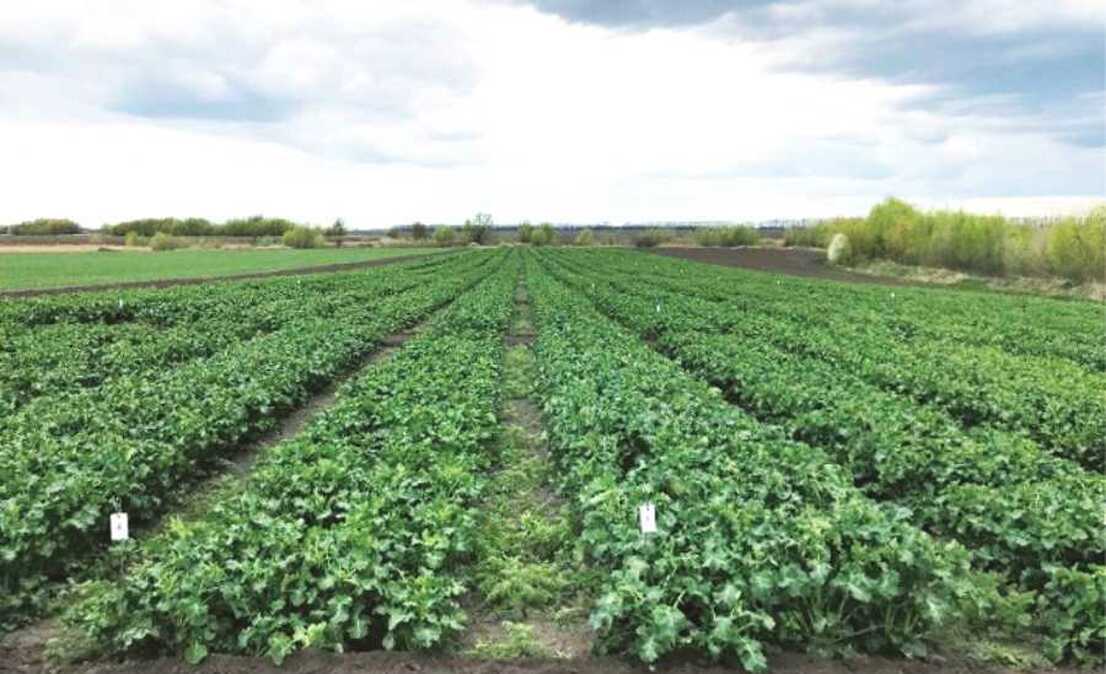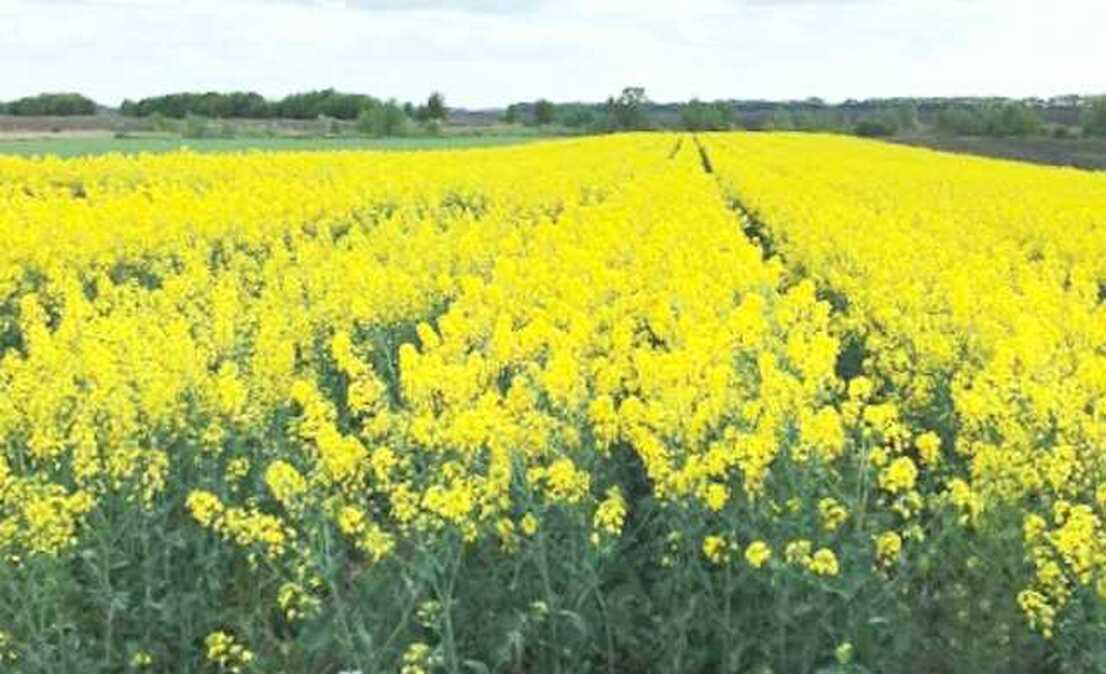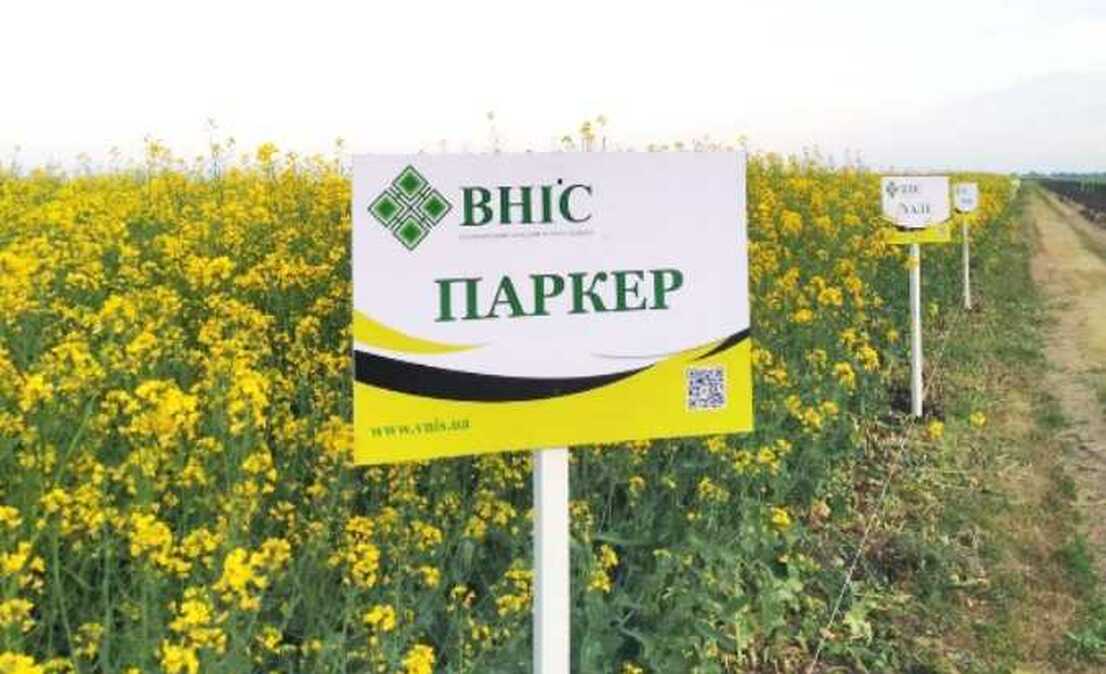The key to choosing the best hybrids
Creating hybrids or varieties is a long process, and a significant part of it is testing combinations. Getting a thousand hybrids is a simple task and can be done in one year, the difficulty is to choose one good one out of this thousand. This is why microplot trials are needed, because each hybrid needs to be sown in different soil and climatic conditions, and several replications need to be laid in each location.
Usually, the area of one plot is about 10 square meters, if we are talking about internal trials in seed companies. However, if you calculate the total area of each hybrid's plots, you get impressive numbers. The requirements for the field itself, where hybrid testing experiments are set up, are much stricter than for any other purpose, because the main task of such experiments is to determine the impact of genetics on the yield of hybrids and its components. In such areas, it is very important to comply with the technology and to carry out all crop care measures on time. The topography of the field should be as uniform as possible, and the entire experimental area should have the same conditions in other respects; it is much easier to ensure such uniformity for small microplots than for macro-trials or demo-sowings.

The path of a hybrid from tests to the market
An important feature of microplot trials is randomization. This is the mixing of test hybrids and their replications to place plots on the field in a random order, which increases the statistical reliability of the results. In each location, hybrids are tested for at least three years, which allows us to assess the stability of each hybrid.
Hybrids must be not only high-yielding but also stable, as conditions change every year, with different rainfall and winter patterns, and each year is different from the last. The results of microplot tests are the basis for breeders to decide on further registration of hybrids and their launch into production. An important element of the trials is the standards, which are usually the best registered hybrids according to state variety testing stations.
Also, hybrids of competing companies can and should be included in the overall scheme of the trial in order to make comparisons under the same conditions and see the real picture. After three years of internal trials, state registration begins and the next stage of hybrid testing is already at state stations. And after registration, the hybrid is promoted and demo plots are laid out en masse.

Demonstration of results and yield realities
Demo plots, which are often seen along roads with well-displayed colorful signs, are generally also intended to compare the yields of different hybrids, but their function is more demonstrative. Depending on the scale, demo plots can contain both hybrids from one company and large sets of hybrids from different seed producers. Usually, the area of a single hybrid demo plot is about one hectare, but there are smaller ones. Hybrids that have already been registered and tested over the years are sown on demo plots. Thus, demo plots are the next logical step in confirming the data obtained on the micro plots before.
On large areas, it is much more difficult to ensure the same conditions for all hybrids, and the lack of replications of each hybrid turns the yield figure from objective data into a random variable.
Today, advanced farms are actively using a lot of different analyzes, ranging from soil analysis to field yield maps. And if you look at such maps, you can see very clearly that in most fields, the same hybrid can produce yields that differ by almost half in different areas of the same field.
Of course, demo plots are usually established in many regions at once and in a fairly large number, so, in general, the general trend can be traced. But let's be honest, if a rapeseed hybrid yields 5.5 tons in one region and 2.5 tons in another, only one figure will be included in the catalog, and it will not be the average yield between the two plots, it will clearly indicate the farm that has successfully grown a high yield.

Usually, the test shows that under the same growing conditions, the real difference in yield between hybrids of the same breeding cycle is almost absent or not so great as to really affect the farm's profits. A significant increase in yields in new hybrids occurs about once every 7-10 years. However, all hybrids created in the same period are very similar to each other in many respects, primarily in terms of yield.

 Choose a country
Choose a country